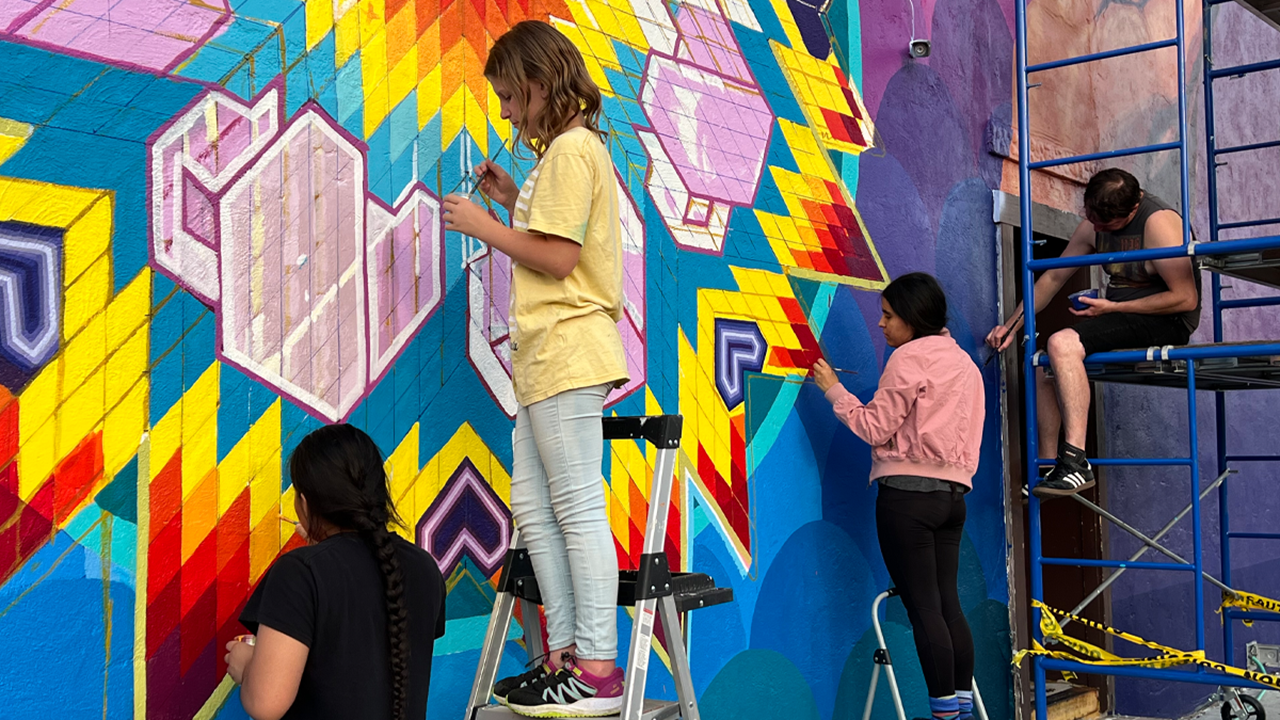Using Childhood Photos in Art: A Professional's Perspective
The art scene is full of limitless possibilities, often drawing inspiration from the most unforeseen sources. Recently, there has been a remarkable increase in using childhood photos in art as a meaningful form of expression. For professional photographers, this trend presents exciting new pathways for creativity and reflection. Childhood images carry a deep sense of nostalgia, innocence, and genuine emotion, making them a potent medium for artistic exploration.
What makes childhood photographs so captivating is their power to evoke vivid memories and feelings, enabling artists to access a reservoir of creative inspiration. When these images are woven into their art, professional photographers create an engaging blend of past and present, crafting a visual story that resonates with authenticity and significance. When done thoughtfully, this practice can yield artworks that transcend time, narrating tales that are both deeply personal and universally relatable.

The Emotional Connection in Art
A primary reason for the growing popularity of using childhood photos in art is the emotional bond they create. Childhood pictures serve as gateways to our earliest experiences, shaping our identities today. As professional photographers, you have the unique ability to capture these fleeting moments and transform them into compelling artistic narratives. This emotional richness connects with a wide audience, allowing viewers to see reflections of their own childhood experiences in your work.
Technique and Creativity Enhancement
Incorporating childhood photos into your artwork is not only an emotional journey; it's also a chance to sharpen your technical abilities. This practice encourages you to rethink aspects like composition, lighting, and focal points. Many photographers are venturing into mixed media, blending photography with painting or digital manipulation to craft complex art pieces. For further insights on merging photography with painting, visit painting from photographs.
Creating Timeless Pieces
Using childhood photos in art invites photographers to engage in timeless storytelling. By uniting vintage images with contemporary techniques, you can produce artworks that bridge generations, appealing to both the child and adult within us. This multi-generational appeal makes such creations a perpetual source of fascination and dialogue.
Ethical Considerations
When resurrecting childhood photos for artistic use, artists must approach the subject with ethical sensitivity. It's critical to respect privacy and obtain consent when necessary. Given the personal nature of these images, a respectful and mindful approach is essential. For a detailed discussion on navigating the ethics of using photographs, check out ethical practices in painting from photographs.

Practical Tips for Professional Photographers
Blending childhood photos into your artistic process can be both fulfilling and demanding. Begin by selecting images that evoke personal significance or embody universal themes. Experiment with digital enhancements, such as transforming photos into sketches or applying photo effects for an artistic flair, as guided by DIY painting tips.
Consider engaging in photo restoration techniques to improve the quality of older images, ensuring they remain presentable while preserving their emotional weight. For a deeper understanding of capturing emotion in art, refer to capturing emotion in art.
FAQs
1. Can using childhood photos in art be ethically challenging?
Yes, it can. It's paramount to consider privacy and seek consent when utilizing personal photographs in your art. Making sure that the subjects or their guardians are comfortable with the use of their images is crucial.
2. How can I ensure that childhood photos maintain their originality in art?
To maintain originality, carefully select photographs that tell unique stories and honor their raw essence. Utilize techniques that highlight their intrinsic qualities rather than altering them beyond recognition.
3. What techniques can enhance the artistic value of childhood photos?
Explore mixed media techniques, digital transformation tools, and layering to add depth and texture to childhood photos in your artwork. Each method adds a new layer of complexity to your art, enriching the viewer's experience.

